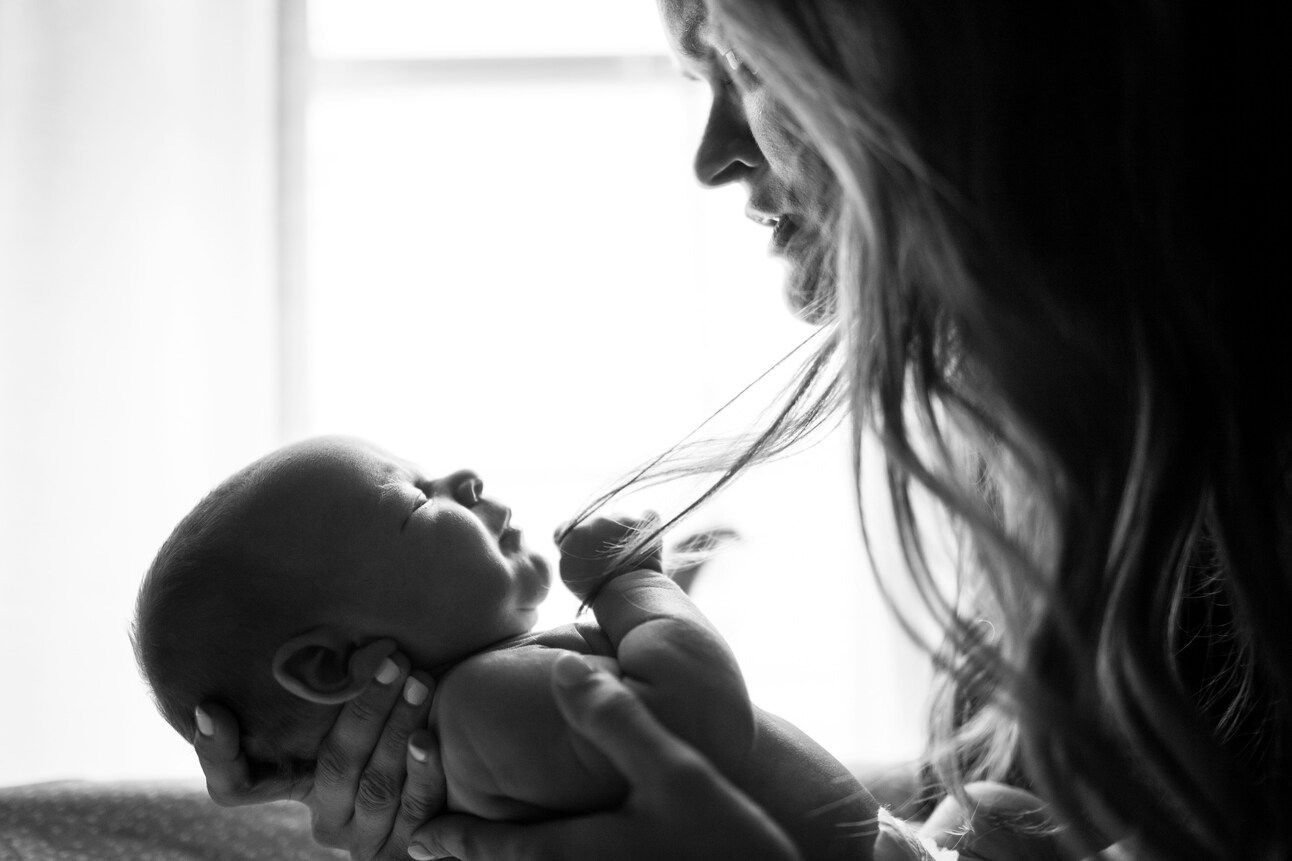Why maternal death rates are so high in the U.S.

Mothers die in the U.S. at much higher rates than other high-income nations. Photo by Zach Lucero on Unsplash
What you probably already know: The maternal death rate in the U.S. is the worst of all high-income nations. A new report out this week from the Commonwealth Fund dives into the data and hit us with a sobering reality: There are nations that have completely eliminated maternal mortality. That’s right. Women in Norway no longer die as a result of childbirth, either before or after their babies are born. Switzerland has the rate down to 1.2 women per 100,000 live births. In the U.S., it’s 22 women per 100,000 and for Black women, it’s 49.5.
Why? While the report looks at potential solutions like support for midwife training, Dr. Danette Glassy, who spent 32 years as a pediatrician in Mercer Island near Seattle, puts the blame squarely on the for-profit systems that have squeezed providers. “We’ve given health care over to profit centers,” Glassy said. Years ago when she had her first child, she stayed in the hospital for three days and then a nurse came to her house twice. Now, insurance won’t reimburse for that kind of care even there were enough nurses and OB/GYNs to provide it.
What it means: For mothers who live in rural or low socioeconomic areas, the issue is worse. Hedge funds and private equity firms have acquired hospitals and closed them. More than 100 rural hospitals have closed since 2005, 37 of those since Covid. That means a new mother may have to travel for more than an hour to get postpartum care. Combine that with the fact that the U.S. has no mandatory paid leave, and women often skip what little postpartum care is available to them. These high rates of maternal mortality, particularly in lower socioeconomic areas, are the result.
So wait, what does 22 of 100,000 mean? That’s 0.022% of women who died as a result of childbirth last year. Given that there were about 3.5 million live births last year, that’s 790 new mothers who aren’t there to care for their newborns when it could be zero.
What happens now? The Commonwealth report suggests 80% of postpartum deaths are preventable and encourages funding for midwife training and services. Companies like Yuzi are popping up to improve access to postpartum care based on models popular in Asian communities. In the U.S., Asian women have lower mortality rates than any other group, as Asian mothers traditionally spend their first month post-birth in a retreat or at home, and other family members contribute significantly to child care.

